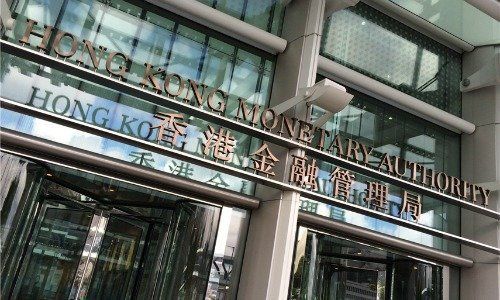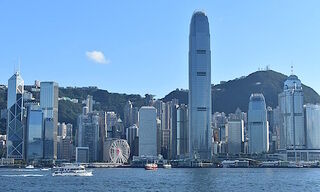HKMA Insists No Serious Capital Flight
The Hong Kong Monetary Authority was insistent that the city was not undergoing any serious capital flight despite the latest data released which registered net outflows of nearly $21 billion.
The third quarter of 2019 saw HK$163.5 billion ($20.97 billion) in net outflows – a significant increase from the previous quarter’s HK$38.1 billion and the third quarter of 2018 at HK$74.9 billion.
According to an HKMA statement, there is no cause for concern explaining that the figures may represent a reallocation to foreign markets more than actual capital flight.
BoP
Of the HK$163.5 billion in recorded net outflows, HK$90 billion and $75 billion represented portfolio investment and other investment outflows, respectively.
Lee explained that the latter outflow partly reflected a transfer of funds by the Exchange Fund into foreign currency despots with local banks – a move which under the Balance of Payments (BoP) system, which governs the aforementioned statistics, represents an increase in external assets.
And on the former outflow, he noted that this was «not particularity high» when compared to 2018’s average quarterly portfolio investment outflow of HK$154.1 billion and HK222.9 billion in the first quarter of 2019, adding that this reflected that «Hong Kong people all along [have] been buyers of overseas equities and bonds.
No Flight
The HKMA uses the example of a local exporter to illustrate the «rather technical and complex statistical concepts» from the BoP data. According to the regulator, should the firm receive payments in a U.S. bank account, it will be recorded as an inflow in the BoP current account and an outflow in other investments. If the firm then uses the funds to buy U.S. securities, an outflow from other investments and an inflow in portfolio investments will be recorded.
«One point I should emphasize is BoP numbers do not necessarily reflect geographic movements of funds, meaning that transactions not involving cross-border fund flow may also appear on the statement,» Lee explained. «It is nevertheless apparent that these activities do not involve deposits in Hong Kong’s banking system, nor do they indicate what is commonly referred to as 'capital flight'».
Elsewhere, financial institutions have made estimates of outflow specifically from Hong Kong to Singapore with Goldman Sachs claiming $4 billion and MUFG claiming up to $6 billion in capital flight.



























